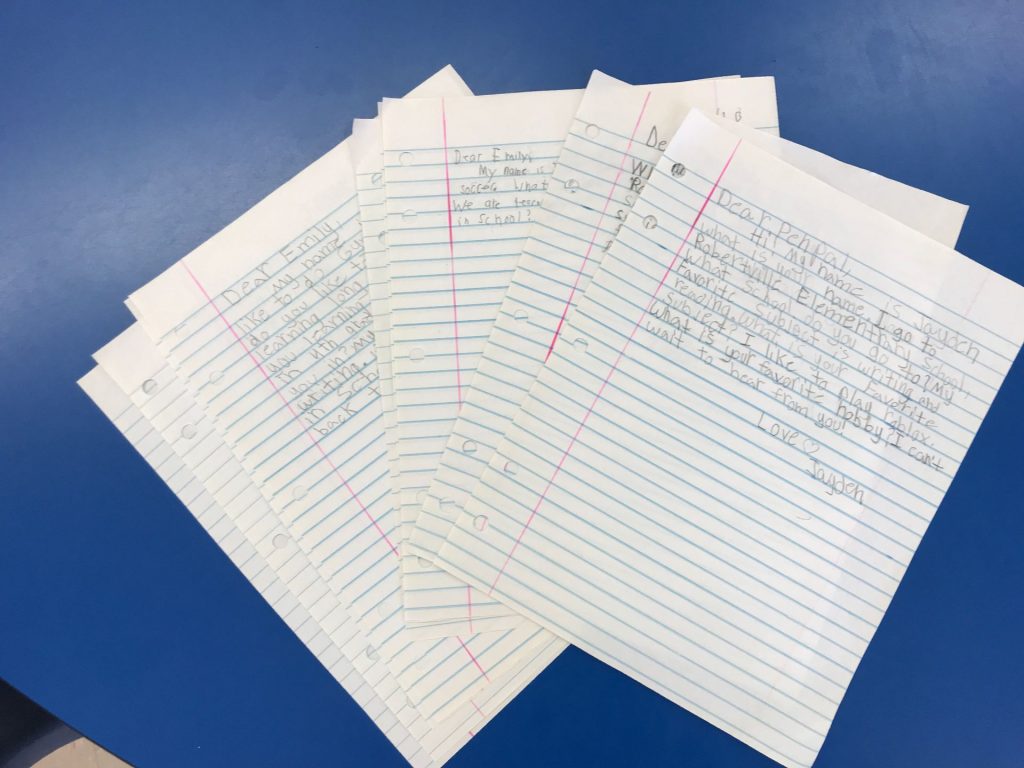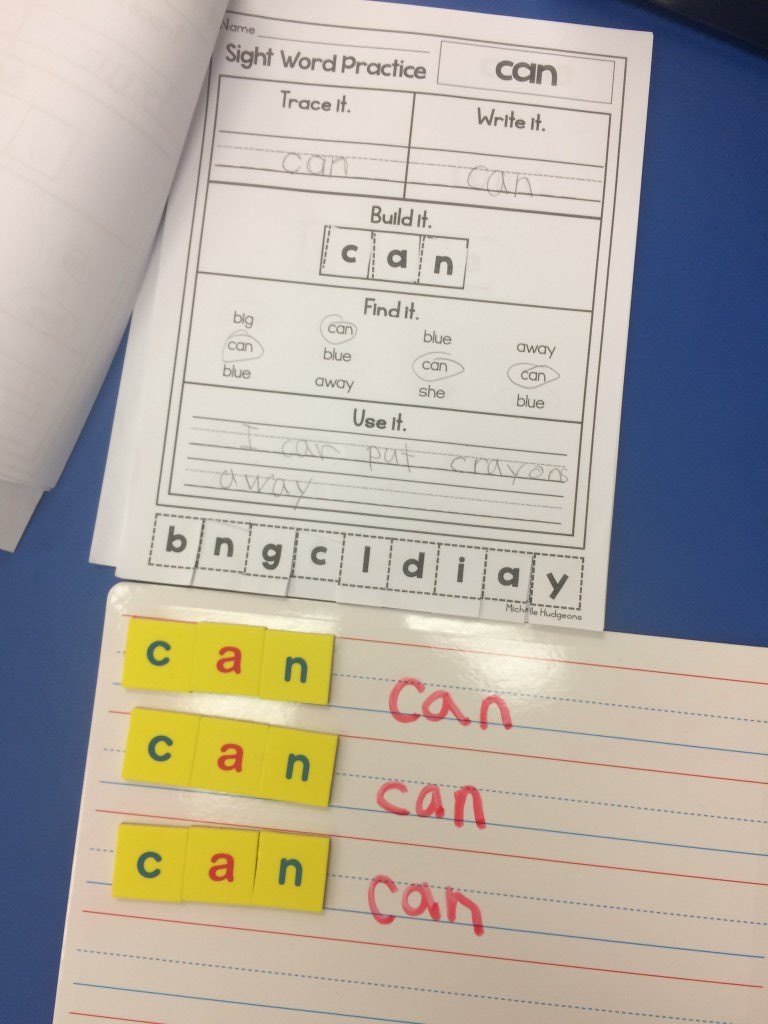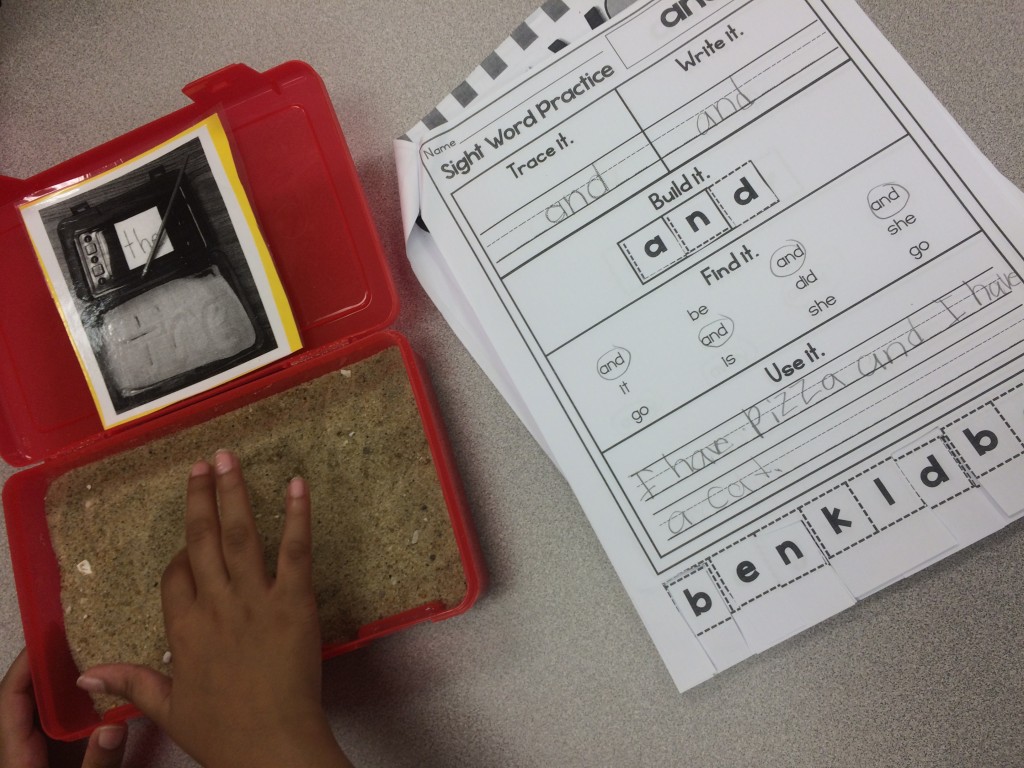Writing letters can be considered a lost art, but it is important to teach students how to write a proper letter. A letter (even if it is in the form of an email) is needed when applying to jobs, writing to government advocating for change, and used to write to family and friends.
This year, our class is writing to a class in Virginia (a teacher and I connected on a CEC forum and she asked if we would be penpals) and we are writing to a girl I support in Mozambique, Africa. I decided to have my students write to students in the United States and outside the United States to broaden my students’ perspective. For the letter to the class in Virginia, my students were given more models and support. For the letter to the girl in Mozambique, less support and guidance was given. Typically, when I teach a particular type of writing, I have my students write two copies. The first prompt with a lot of teacher guidance, models, and visual supports and the second prompt with the same models and visuals support, but without the direct teacher guidance.
In Mozambique, schools look a lot different than here in the US. Students do not have the same access to books, writing supplies, school buildings, and at times, even teachers. Children in Mozambique sometimes need to drop out of school to help their families make money. My students are writing to a girl named Emily who is around their age. They are interested to know how Emily’s life is different from their life and how her life is similar to theirs. We cannot wait to get a letter back from Emily! Our letters to her are shown above. I included a free writing brainstorming sheet for writing to a penpal. This brainstorming sheets provide students step by step directions.




